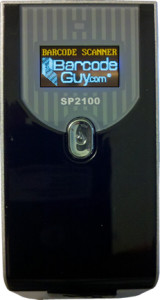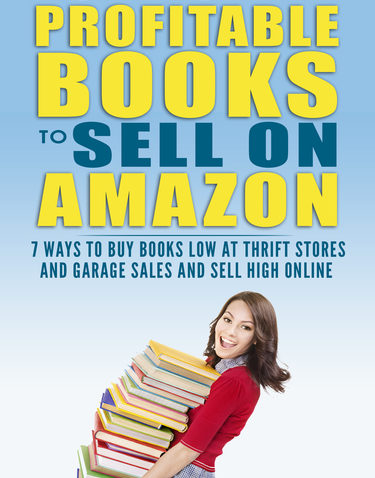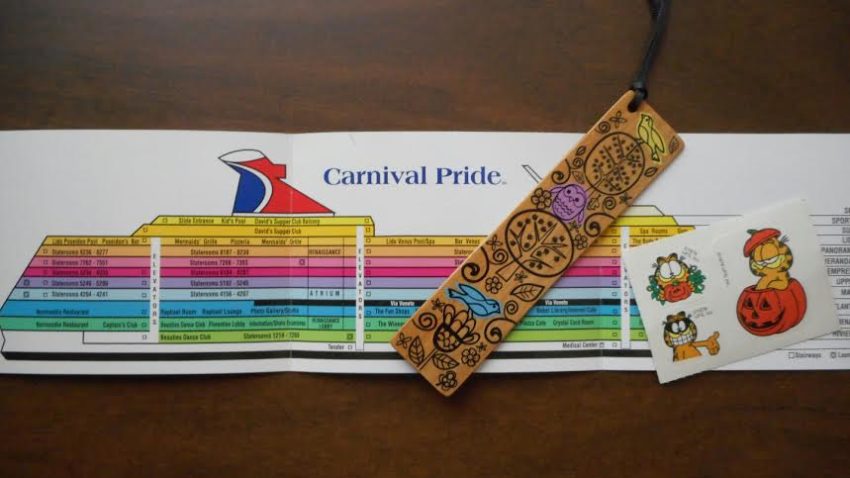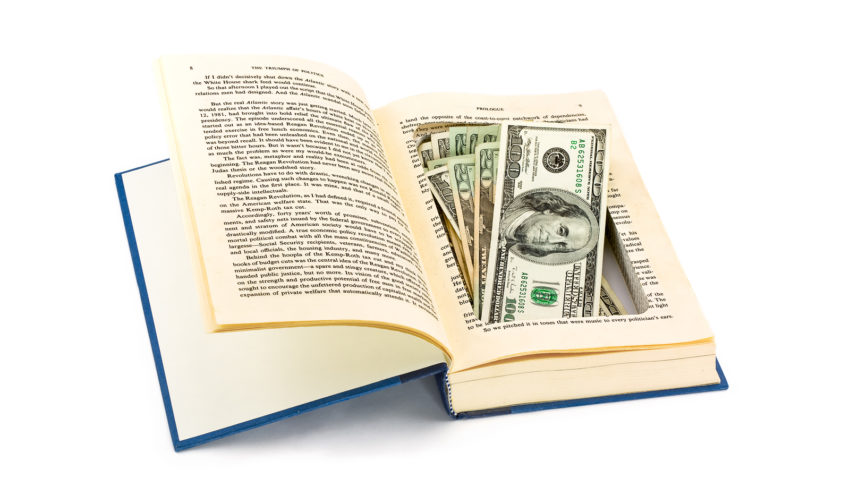If you’ve sold books online to Powell’s Books, you may have noticed that Powells offers a choice between getting paid for your books in cash or Powell’s books trade in credit.
This trade credit bid doesn’t appear when you see Powells’ online bid on Bookscouter, but can still be an attractive option for you.*
First, let’s look at the difference between selling books online for cash or trade credit.
Selling Books for Extra Money or Trade Credit
Selling books for cash means what it sounds like – the company will send you either a check or a PayPal payment for your books. (PayPal payments are much faster and you can sometimes have your cash available in as little as a week after you send your books).
Selling books for trade credit is different. When you ask to be paid in trade credit, the buyback company records your payment in a trade credit online account you open with the company.
You can then use your trade credit to buy things from the company’s website – which can include college textbooks, trade paperbacks, DVDs, Blue Rays, and more.
If you keep requesting payment in trade credit every time you send a new shipment of books, more money (in trade credit) gets deposited into your online account, meaning you can buy some pretty expensive things online if you save your trade credit.
And since most websites offer a choice between cash or trade credit every time you sell your books online, you can ask to be paid in cash sometimes and trade credit other times.
Advantages of Using Trade Credit
So which is better – cash or trade credit?
Most people would say cash since you can spend that anywhere, while trade credit can only be spent on that buyback company’s website.
But before you select the “cash” option every time you sell your books online to Powell’s Books, consider some of the advantages of using trade credit.
First, when you sell books for trade credit to Powell’s Books, you get a 50% bonus on the original buyback offer.
In other words, if Powell’s Books offers you $20 in cash for your books, you can also choose to sell them for $30 in trade credit.
This lets you stretch your dollars a lot farther if you buy stuff online.
For instance, let’s say the average price of the books you buy to resell is $1. Let’s also say you can sell your books for cash to Powell’s Books for an average price of $2.
In other words, you make a 100% profit on every book you sell to Powells (or $1 profit on every $1 you spend).
But if you choose to sell your books to Powells for trade credit, you’ll sell them for an average price of $3 ($2 + $1 bonus). You’ll make a 200% profit on every book you sell to Powells (or a $2 trade credit profit for every $1 you spend).
Getting Huge Discounts on Powell’s Books
Another way of looking at the scenario above is that you’ll receive a 66% discount on anything you buy online at Powells (since you’re actually only spending $1 of “real money” for every $3 of trade credit you spend online).
When might you want to do this? Well, if you know that Powells Books sells a lot of the textbooks you’ll need next semester, you’d save a lot of money by building up some trade credit in your account and buy textbooks at a discount for college.
Likewise, if you do Christmas shopping on a budget, you can stretch your dollars by building up a supply of Powells trade credit over the year and then using it to do your Christmas shopping online.
And if you have your eye on a rare book or DVD that Powells is selling, buying it on trade credit can be a great way to get what you want while saving money.
Final Thoughts
Finally, let me reiterate that you’re given the choice to sell your books for cash or trade credit every time you sell your books to Powell’s Books. In other words, there’s no reason you can’t sell your books for cash sometimes and trade credit others.
Moreover, there are other buyback websites that can offer a more attractive online bid for your books in both cash and trade credit – including Amazon.com. Be sure to read my article, Should You Sell Your Books for Amazon Credit? to learn about these other websites.
* Keep in mind if you use Bookscouter, you can just add 50% to any online bids you receive from Powell’s Books to see what you can sell the book for in trade credit.










